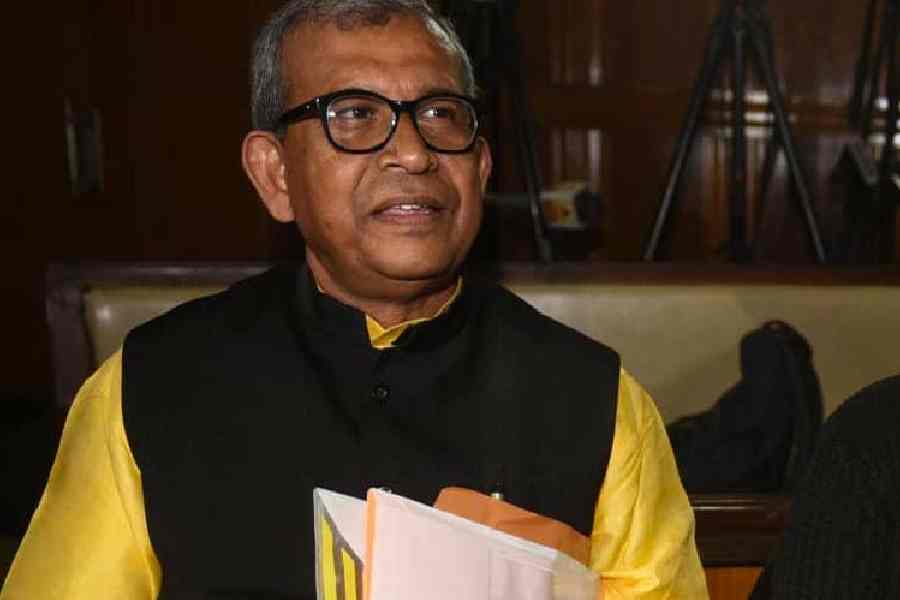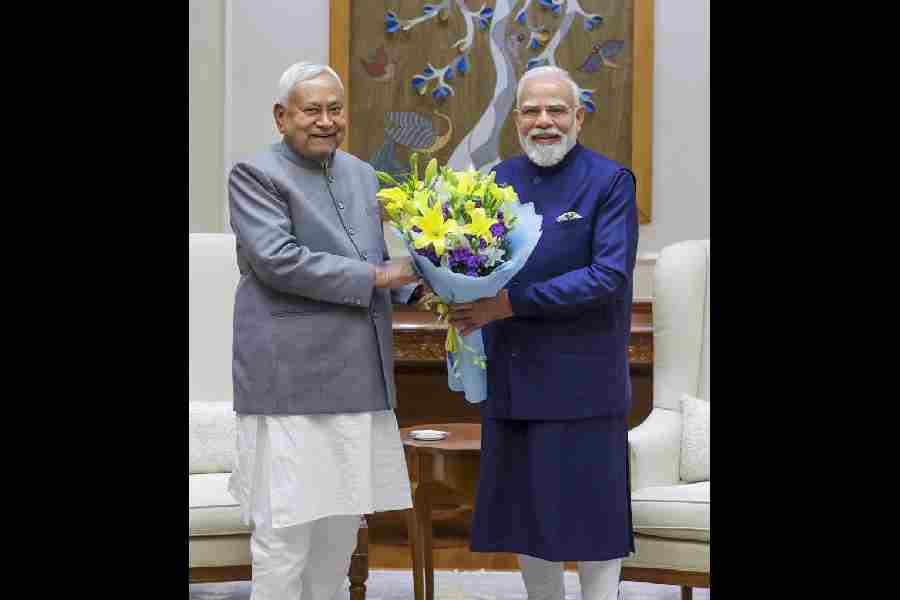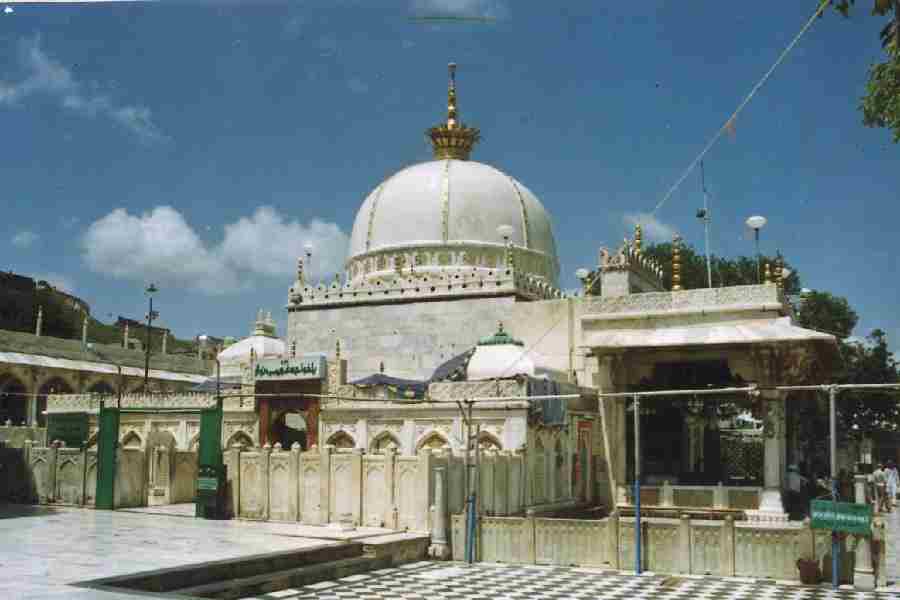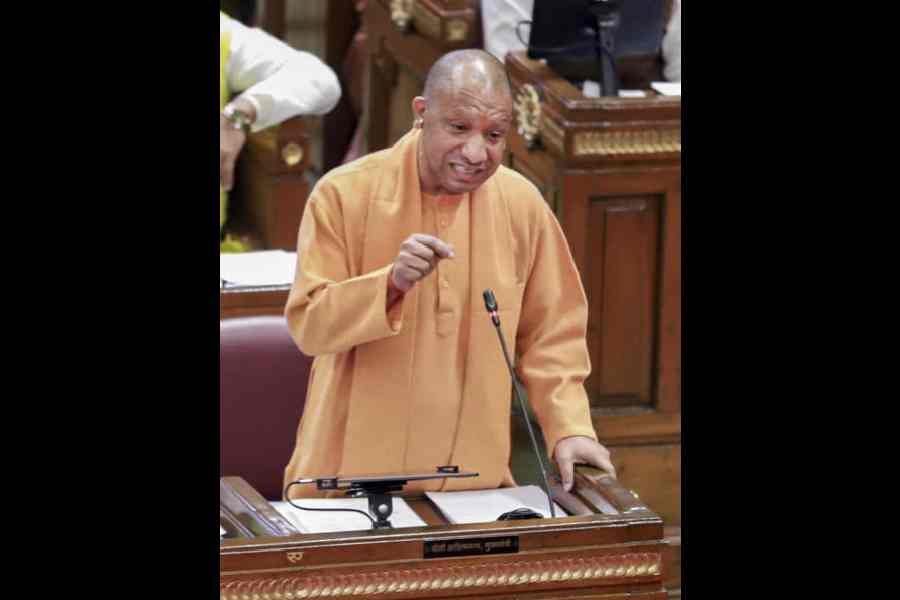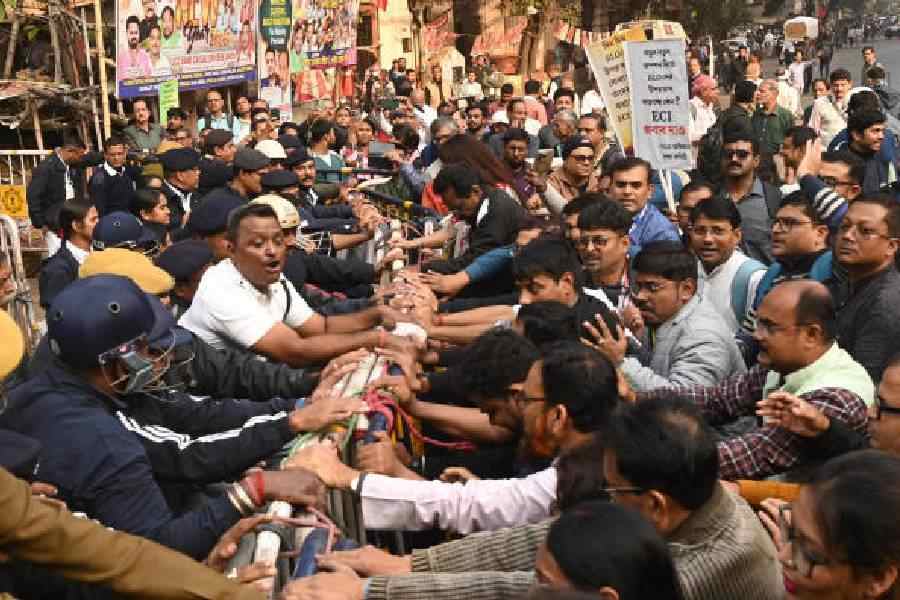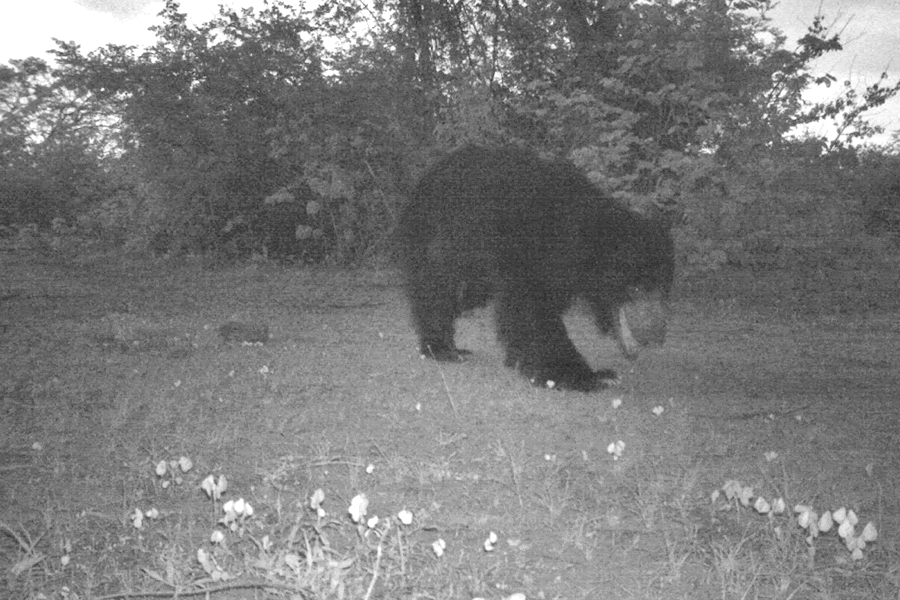 |
It was a Davis Cup tie between India and Croatia in Delhi in 1995. Leander Paes was down two sets to love against Goran Ivanisevic. “I was down 0-3 in the third set, serving 30-40. Then, about 5 hours and 38 minutes after the match began, I found myself serving at match point in the fifth set,” says Paes, smiling. He had come back from the brink of defeat and pulled off a spectacular win over the Croatian tennis star.
Fifteen years on, that unputdownable spirit burns just as brightly in Leander Paes. At 37, an age when most tennis players hang up their racquets, Paes is still winning Grand Slams, still making his opponents feel the heat of his serve and volley tennis.
When I catch up with him on a very wet day in Mumbai, Paes looks relaxed and cheerful. Dressed in a Nike T-shirt and track pants, he is talking on his mobile as I walk into the quiet elegance of a meeting room on the 21st floor of a five star hotel in Bandra. He gives me a big smile and gestures to me to sit down. His manager and a few other associates are here, as is his four-year-old daughter Aiyana, who is scampering about barefoot. It’s obvious that Paes is a doting father. “She’s great fun,” he says, and lifts her on to the sofa. “Bangla bujhte parey (she understands Bengali). She had a Bengali nanny.”
Paes wears his celebrity lightly. Friendly and charming, for the next one hour India’s greatest tennis player seems like the guy-next-door from Calcutta, one who chats about the city and its people, about Nahoum’s and Flurys and CC&FC just as easily as he tells you about his friendship with Martina Navratilova or his wins over the likes of Pete Sampras or Henri Leconte or about his proudest moment when he won the bronze medal in men’s singles at the 1996 Olympic Games in Atlanta, US, bringing the country its first individual Olympic medal after 44 years.
This year’s been good for Paes so far. He has won two mixed doubles titles already — the Australian Open and the Wimbledon — with Zimbabwean Cara Black (his 12 Grand Slam wins are the most by any Indian, one more than Mahesh Bhupathi’s 11). And he is going full steam ahead — a short stay in Mumbai with wife Rhea Pillai and daughter Aiyana and then off he goes to play in the US Open. But that’s not all. In the midst of the whirligig of top level professional tennis, Paes is now going to try his hand — or should we say forehand? — at acting.
“I have been offered roles in Hindi movies for years. But I’ve always said no. But this time I’ve taken on a project where I play the lead.” And he is clearly dead serious about it as he has even taken lessons at Anupam Kher’s acting school in Mumbai.
So is he finally tiring of tennis?
Paes, who speaks with a soft, low-pitched voice, refutes that one. “I’m not tired of tennis — no. I don’t even see the end coming near. As a tennis player I believe that I am an entertainer who connects with people. I have tremendous respect for the guy who’s spent his hard earned money to sit up there in the bleachers, or the person who sits upfront in the box, to watch me play. They have come not to see me play blandly. They have come to be entertained. And I have always tried to give them my best. I feel that cinema is another such fantastic medium where I can entertain and connect with my fans.”
Of course, the devotee of Leander, the tennis icon, may be a bit indignant at the idea of him straying into the movies. Or even be dismissive of it. But it’s never a good idea to underestimate Paes. If there’s one thing that he has shown time and time again, it’s his fixity of purpose and his total commitment to realising his goals. In fact, he attributes his success in tennis not so much to his talent but to his relentless hard work.
“I don’t believe that I am a talented tennis player,” he says with astonishing candour. “I don’t have good technique with my backhand. And I am only five feet ten-and-a-half when most modern tennis players are over six feet tall. My strengths are my passion, my dedication and hard work and my hunger and desire to be the best that I can be. I am also an out-and-out perfectionist.”
The reason he has been able to play professional tennis for 20 years, he says, is because he has tailored his lifestyle around his goals. A teetotaller and a non-smoker, he is “super passionate” about his fitness. “Even when I am not hitting tennis balls — which I don’t when I’m spending time with my family — I do my fitness training, martial arts, swimming, speed biking and so on. In fact, I speed biked to the hotel today!”
Paes learnt to push the boundaries of his physical abilities early on in life. Growing up in Calcutta — he studied at La Martiniere for Boys — he used to suffer from epilepsy as a child and was also detected with a murmur in his heart. “But I was blessed with super athletic genes,” he says. His father Vece Paes was a member of the bronze-winning Indian hockey team at the 1972 Olympics and his mother was a basketball player. “Growing up with my parents there was never a ceiling on what you could achieve,” says Paes. Though football was his favourite game (he still plays it, he tells me, and counts such football stars as Thierry Henry and Roberto Carlos among his friends) tennis was his destiny as it was a non-contact sport and hence thought to be more suitable to his health condition at the time.
When he was 12 he was sent to the Britannia Amritraj Tennis Academy in Chennai. He went on to win the Junior Wimbledon in 1990 and since then, Paes has notched up one success after another — whether in Davis Cup or in ATP tours — sometimes in singles but more often in doubles and mixed doubles, always playing his heart out and always giving the game all that he’s got and more.
“That’s something I share with Martina Navratilova. She is also an incredibly passionate person,” he says when I ask him about the tennis great with whom he teamed up to win two mixed doubles Grand Slams — the Australian Open and the Wimbledon — in 2003. How did he come to play with her? “Oh, she just knocked on the men’s locker room at the US Open in 2001 and said to me, ‘Let’s play!’ ”
Over the years, Navratilova has been a tremendous source of motivation for him, says Paes. “Marty’s special. Apart from sharing tips on tennis, and on ways to elongate my career, the bond that I share with her is tough to put in words. I was at the French Open recently and she was there too. I took her for dinner at the Annapurna, my favourite Indian restaurant in Paris. Marty, who’s a vegetarian, loves Indian food, by the way. And she cooks it too. She is going through breast cancer treatment now. And I know that she is always looking for a solution and a way to live a better life. I am like that as well.”
I throw the inevitable question at him now — why did his doubles partnership with Mahesh Bhupathi, with whom he rose to world No. 1 doubles ranking in 1999, break up? “I have great respect for and great memories of what we achieved together,” he replies. “But there were a lot of people around us and basically we couldn’t keep it one on one. We didn’t have that wisdom at the time.”
One still misses the sight of the two on court together, I tell him — two alpha males celebrating a winning shot with that famous chest bump. “Oh, that,” chuckles Paes. “I think we devised that when we started playing against the Woodies (Australian doubles pair Todd Woodbridge and Mark Woodforde). They had this steely calm and we did it to show our aggression and fire power!”
Paes’s aggression on court is, of course, legion. But his critics say that he can be arrogant too. “It’s just my confidence,” he returns. “I believe in myself. I believe in the work that I put in.” There was a near revolt against his Davis Cup captaincy in 2008 by players like Rohan Bopanna and Prakash Amritraj, I remind him. But he won’t be drawn into the politics of what happened. “I stepped down in the interest of the team,” he says mildly, diplomatically. “Though I love to lead, sometimes it is better to lead by example. I always let my racquet do the talking.”
Calcutta crops up in the conversation often. “It’s my home, it’s where my roots are,” says Paes, whose great-great grandfather was the poet, Michael Madhusudan Dutt. But home is also Carter Road, Mumbai, where his family is at, and Florida in the US, where he trains.
Though retirement from professional tennis is not on the cards yet, a life-after-tennis scenario seems to be slowly taking shape. He has set up a company that designs fitness and sports science centres. “I’ve built some for Indian real estate companies and one in Miami Beach, Florida,” he says. Ultimately, he plans to build a chain of multi-sport training facilities around the country. And, of course, there could be that Bollywood career too.
“But whatever I do, I’ll bring the same quality and passion to it that I bring to my tennis,” he tells me as the interview ends and the elevator whisks us down 21 floors in a trice. It’s raining harder now. Does he really want to cycle back in this weather? “Sure. It’ll be fun,” he grins, and goes to get his custom-made LeMond racing bike from the parking lot.
As we stand in the hotel portico, Leander Paes appears for a moment and streaks off into the driving rain.


